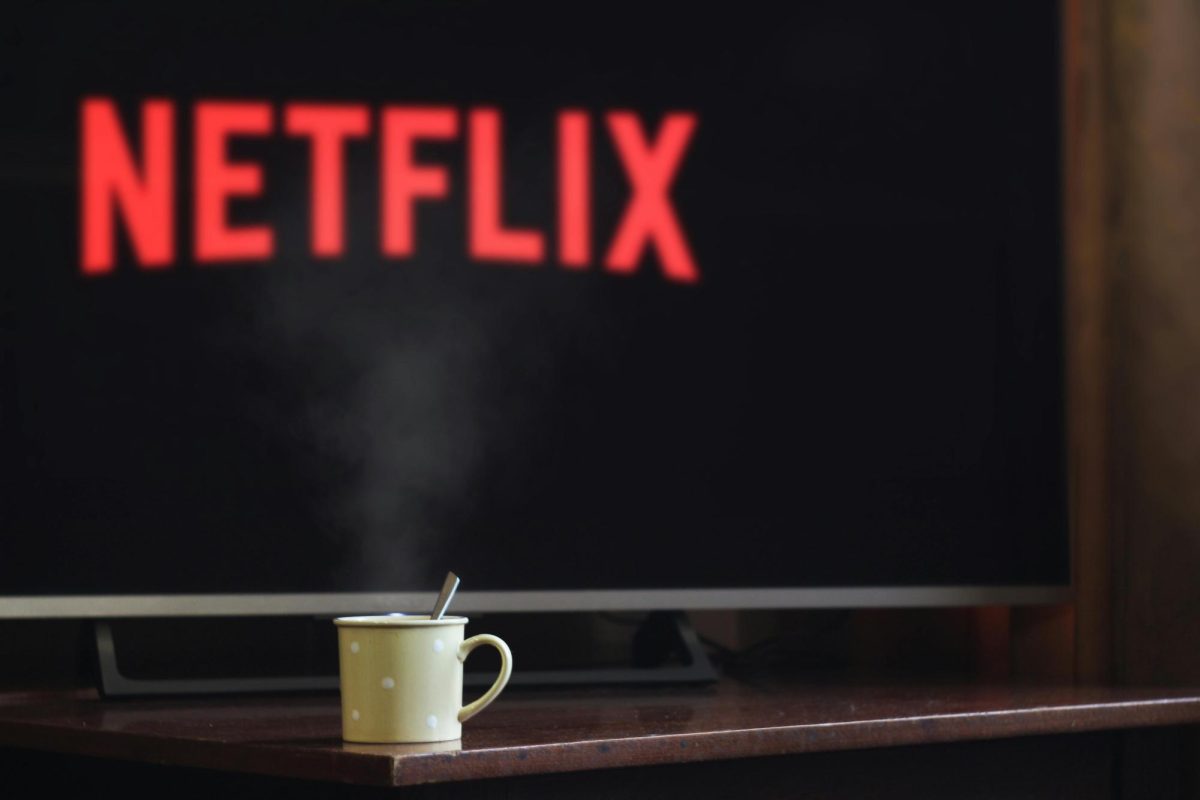Over the past few years, many streaming services have begun to place advertisements between content. Now, usually, this comes at a reduced price. For instance, Netflix’s “ad-supported” plan comes at nearly half the cost of their standard plan. Are advertisements genuine attempts by companies to make streaming more accessible, or are they just trying to squeeze more dollars out of the consumer?
To start, Netflix’s ad-supported plan is cheaper than its other plans, coming in at $6.99 as opposed to $15.49 per month. However, that doesn’t account for the fact that Netflix has had dramatic price hikes over the past few years, and it was once possible to get a Netflix plan for the same price WITHOUT ads. In fact, since 2016, Netflix plan prices have not stopped rising, as shown by this graph. Even if you subscribe to the “budget” plan, you’re still getting a worse deal than you were a few years ago. This is apparent across all streaming platforms. Even though their ad-supported plans are cheaper, every plan is more expensive than they were in the past.
Moreover, the price hikes do not correlate to a higher quality platform or content. Many would argue that the platforms and their content have gotten worse. For example, many streaming services are experimenting with putting a block on password sharing, which most people are not happy about. Furthermore, it’s not uncommon for people to get into shows they enjoy, only to have them canceled after just a season or two.
Overall, streaming services have gotten more expensive and have become lower quality, so the introduction of advertisements has not made streaming any better or more accessible. Now, imagine the aforementioned, but now there’s an advertisement right after that cliffhanger. It’s clear that the introduction of ads to streaming services is just another way to squeeze pennies out of us.







